Church buildings are incredible tools for ministry, but often times they need a few tweaks to make them even more effective. Here are six questions to ask about your building—and how well it is actually meeting your goals as a church.
- Can a visitor navigate your building easily?
Let’s say I’m a brand-new visitor to your building with children of varying ages. Do I know what door to walk into from the parking lot? Once I get inside, is it obvious where the bathrooms are? How about the Kids Ministry? Is the sanctuary clearly marked? If I have questions, is there something (like a sign) telling me where to go to ask those questions?
When a new visitor first checks out your church in person, they don’t know where to go. Give them good way-finding signage on the walls, or hanging from the ceiling. Make sure the font is large enough to be seen from the front entry. A new person may already feel awkward walking into an unfamiliar place. More than anything else, they just need to know where to bring their kids, and where to find the bathroom! Signage goes a long way toward making a person feel comfortable.
- What Story are you telling without spoken words?
I know you’ve got amazing greeters that are well trained. But let’s just pretend for a second that I walk into your building on a Sunday morning and not a single person talks to me. No greeters, no pastors, no one. I just wander around before or after the service.
What will I learn about your church from the information on your walls or screens? That’s the story you are telling me. Realistically, you can effectively tell me 3-4 things about your church in the lobby alone.
Maybe you want me to know how to get connected. Maybe you want me to know about your vision or mission. Or that church planting and global missions are important to you. If I have three teenagers, would I know that you have a student ministry if no one talked to me?
This is what we at Plain Joe: A Storyland Studio call “Placemaking”. You are telling me about your church without anyone opening their mouth. It could be done through an engaging image, or a grouping of words, or some sort of infographic. Even the furniture you choose tells me something about your church.
I visited a church once where the most prominent thing in the lobby was a side table with what appeared to be a guest book on it. I went over to check it out and was horrified to find that it was not a guest book, but rather a record of the congregants who had died! Literally, it listed out every church member who had passed away in the last few years! I promise you, there is a story you are telling your guests. Is it the one you want to tell? Is it an accurate reflection of the church? I’m sad to say, in the case of the “death book” church, it was unfortunately accurate.
- Does your building encourage community?
Have you ever visited a church where the lobby felt like a cramped hallway space? I once worked at a church where the lobby was literally shaped like a bottle, complete with a bottle neck outside the sanctuary doors. It made you want to leave as fast as possible after the service! When we built a new building, I made sure to create a lobby that was massive and accessible from lots of doors.
Many older church buildings were not built for pre and post service community. Adding a larger lobby space to your existing church building can often breathe new life into not just the building itself, but the whole life of the church! With a little bit of strategic thinking you can make adjustments to your space that encourages more interaction amongst regulars and guests.
Think through the main pathways of your building. What’s the check in process like for kids? Do you have room for coffee kiosks? Are their side pockets and nooks with tables, chairs and couches for people who don’t feel comfortable just standing around but want to linger?
All pastors would say that they don’t just want people going to a service and leaving. So, do all you can to encourage people to hang around and talk before and after the gathering. You can achieve this by having enough square footage and varying types of furniture.
- When was the last time your common areas were updated?
While we are on the subject of your lobby, ask yourself… when was the last time those common areas of your building were updated? Common areas are places like the lobbies, main hallways, kids check-in, and even the sidewalk space just outside your main entry doors.
How many years has it been since someone took a good look at those common areas? Two years ago? Ten? Was it well before your time as pastor? If the furniture itself has become a sacred cow in your building, it’s definitely been too long. If you have outdated info on the walls, it’s been too long. If I can point to an era and say “this was done in the 70’s, 80’s, 90’s”, it’s been too long. No church building should become just a museum.
Many of the churches that contact the Plain Joe team say things like “You know, our buildings are great. We don’t need more space. We don’t need any new buildings. We just need to update our existing buildings for a new generation and era”. New buildings are expensive but updating an existing building may not even require a construction permit! Regardless of how extensive the project is, the point is to breathe new life into your space. Even a classic old building can be tastefully updated in such a way that visitors find themselves saying, “Something new is going on there, and I want to check it out.”
You can update your existing building at any time. However, it is especially effective when a church enters a new season of growth, or a change in senior leadership, or is hitting a milestone anniversary like 25, 50 or 100 years old.
- Does your Kids Min area feel clean, safe and recently updated.
It’s one thing to have an outdated lobby. It’s a whole other issue to have an outdated kids’ ministry area. Whereas a church might get away with a slightly outdated look and feel in the lobby, the kids area needs regular painting, fixing, new carpets and flooring, and new furniture every five to seven years, especially in a growing church with lots of kids.
Old, worn-out things look dirty and feel unsafe to a parent. Clean, fresh and new things tell a parent that your kids ministry is safe. If you are constantly making little updates along the way, you may never need a major overhaul. But if you are like most churches who tend to finish a space and move on to other projects, you are probably going to need a bigger refresh from time to time. If you know that time is coming, start setting money aside now so that you don’t always need to do a big fundraising initiative. Our team at Plain Joe has designed countless kids ministry spaces around the country. Actually, there is a good chance you’ve seen one of our projects at some point.
- Are your key rooms right-sized?
The life cycle of a church and even a town causes shifts in demographics. Your church may have had a major season of growth in the early 2000’s and the pastor back then built a 1000 seat auditorium and was doing three services a weekend for several thousand people.
But times changed, the church shrunk and you’ve found yourself leading a really healthy church of 1200 at two services including kids. Along the way, your church’s needs have changed. Maybe you really want to add a café to the lobby and the best way to do it is to shrink the sanctuary by 100 seats. Maybe you want the kids check-in area to be bigger and communicate your commitment to families and that means it’s going to require a larger footprint in the lobby.
Or maybe you find that you’ve developed some really strong mid-size gatherings during the week for students and adults, but aside from the sanctuary, your biggest room would struggle to hold 50 people. You might need to knock down a couple classroom walls to get yourself a room that would hold 200.
The point is that the physical needs of a church change over time and throughout different trends in ministry. That’s fine. Roll with the changes and update your old building again and again as needed and add more square footage when other options have been exhausted.
Final Thoughts
These are just a few questions to consider when it comes to your church building’s effectiveness. Where are you feeling the pain points in your facilities? Our team at Plain Joe would love to schedule a call to talk about that! Reach out to us at https://www.plainjoestudios.com/.
Phil Taylor spent twenty years in pastoral ministry, in churches of all sizes mostly as an Executive Pastor. Along the way he wrote a couple books for Pastors called “Defining The Executive Pastor Role” and “Eldership Development”. He now spends most of his time helping churches tell their story more effectively with their buildings, brands and online presence at Plain Joe.
















